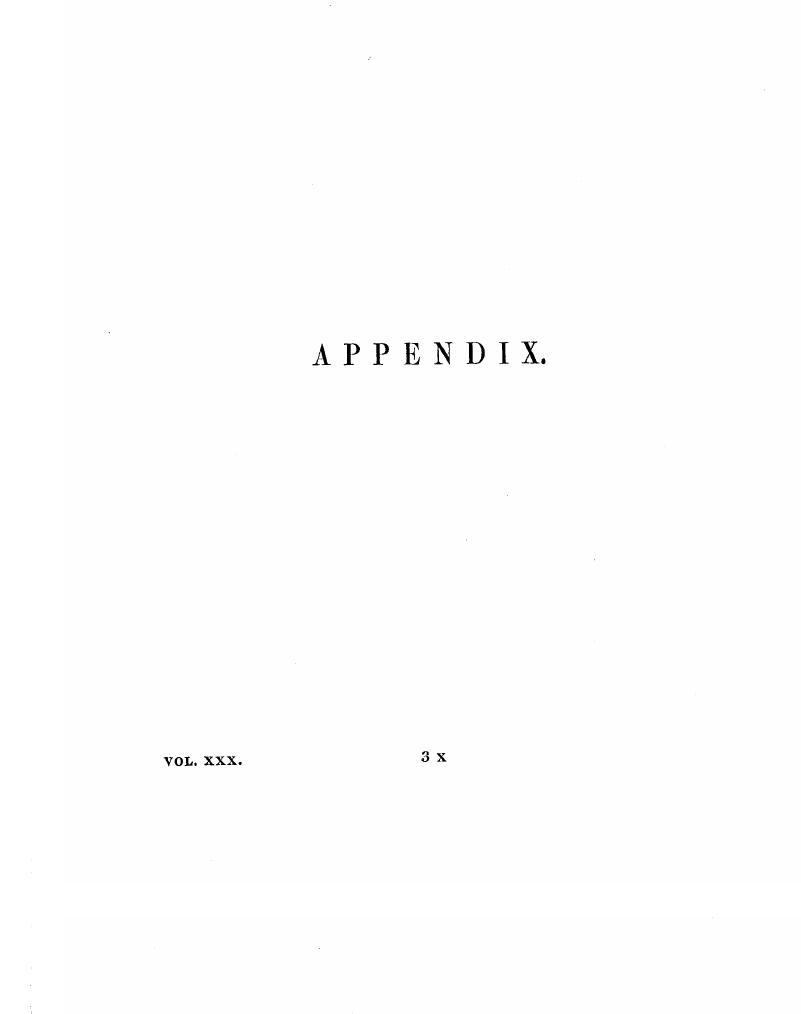No CrossRef data available.
Article contents
Appendix
Published online by Cambridge University Press: 12 June 2012
Abstract

- Type
- Appendix
- Information
- Copyright
- Copyright © The Society of Antiquaries of London 1776
References
page 524 note a A short notice of my visit to this statue is inserted in Mr. Hamilton's Researches in Asia Minor, vol. i. p. 50.
page 524 note b This name is sometimes written Manisa, but it is more correct to retain the ancient orthography. The modem Greeks spell it Mαγνεσία, but the γ being mute, and the penultimate accented, they pronounce it as an Englishman would Maniseeah.
page 525 note c For an account of the geology of Mount Sipylus see Geol. Trans, ser. 2, vol. v. p. 399.
page 525 note d Chandler, Travels in Asia Minor, ch. 79. Pausanias, Ach. ch. 24.
page 527 note e Travels in Turkey, p. 12.
page 527 note f Travels in Asia Minor, ch. 79.
page 527 note g Letters from the Egean, vol. i. p. 225.
page 529 note h i. e. behead nor hang.
page 529 note i Since published, 8vo. 1842.
page 530 note k Since printed in the Reliquiæ Antiquæ.
page 530 note l The Penny Cyclopædia.
page 531 note m I give the original of the technical part of the description, as I may perhaps have erred in the translation. “Il qual ponte, perchè il fiume attraversa la strada in isbieco, fece fare il Tribolo sbiecando anch' egli l'arco, secondo, che sbiecamente imboccava il fiume, che fu cosa nuova e molto lodata; facendo massimamente congiugnere l'arco di pietra sbiecata, in modo da tutte le bande.”
page 531 note n Antica Pianta della inclita città di Venezia, delineata circa la metà del 12mo Secolo, di Tommaso Temanza, architetto ed ingegnere della serenissima Repubblica di Venezia, socio onorario delle due reali accademie di Paregi e di Tolosa in Francia, &c.
page 531 note o Vide his dedication and preface. This work is in the library of the British Museum.
page 533 note p Palladio, lib. 3, c. 11. Il ponte di Rimino è diviso in cinque archi; i tre di mezo sono iguali di larghezza di venticinque piedi, i due à canto le ripe sono minori, cio è larghi solo venti piedi. Sono tutti quest' archi di mezo circulo, e il lor modeno è per la decima parte della luce dei maggiori, e per l'ottava parte della luce dei minori. I pilastri sono grossi poco meno della metà della luce degli archi maggiori. L'angolo dei speroni che tagliono l'acqua è retto, il che ho osservato che fecero gli antichi in tutti i ponti perche egli è molto piu forte dell' acuto, e perè manco esposto à esser ruinato da gli arbori over da altra materia che venisse portata all' ingiù del fiume.
page 534 note q What English weights these may be equivalent to I know not.
page 546 note * Tanini, in his supplement to Banduri, says that the first mention of nummi scyphati occurs in an instrument of the year 1024, cited by Ughelli.
page 552 note (a) He became Emperor in 881.




